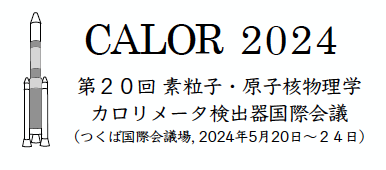Speaker
Description
Quarks and gluons, which are normally confined within hadrons by strong interactions, are released from the confinement at high temperatures and densities, which is called quark-gluon plasma (QGP). To understand QGP, high-energy heavy ion collision experiment has been produced in laboratory and research has been carried out to investigate this property. One of unknowns about the QGP is that it reaches thermal equilibrium much earlier than theoretically expected, and color glass condensation (CGC) is a strong candidate to explain this. The FoCal detector, which consists of an electromagnetic calorimeter and a hadron calorimeter, has been built to detect the CGC experimentally.
Since FoCal will be installed in the forward region where it will be exposed to large neutron dose during the experiment, it is necessary to investigate the radiation tolerance of the p-type silicon sensor.
To evaluate the radiation tolerance, neutron irradiation experiment was conducted at the RIKEN (RANS) in July 2023. In the experiment, indium foil with sensitivity to the amount of neutron irradiation was placed around the p-type silicon sensor and irradiated with neutron beam of about $10^{14} /cm^{2}$, which is assumed in the ALICE experiment. Since the neutron dose depends on the distance from the beam, it is necessary to estimate the dose of the silicon sensor by analyzing the dose of the indium foil. In this poster, an overview of this experiment and the status of dose analysis using indium foil will be presented.
